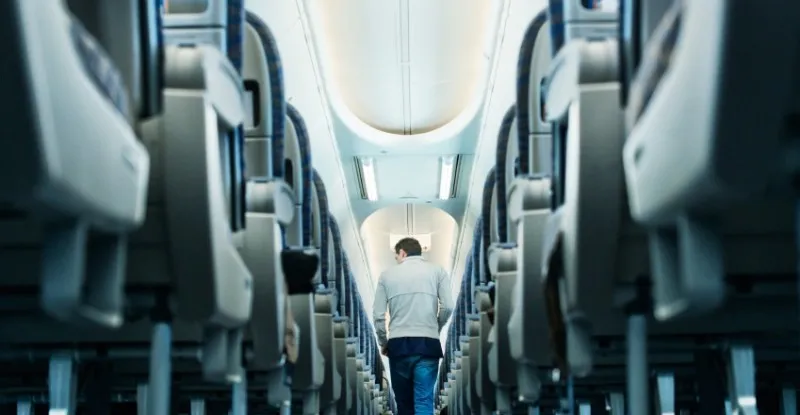Aircraft seat manufacturers bracing themselves for stricter certification requirements following last summer’s Asiana Airlines Boeing 777 crash in San Francisco have yet to see any evidence of this becoming a reality. One such manufacturer believes the absence of any proposed changes emerging from the incident could be the result of industry pressure as suppliers battle to keep up with an “unprecedented ramp-up situation”.
When Asiana Flight 214 crash-landed at San Francisco last July, the introduction of a requirement for aircraft seats to be able to withstand 16 times the force of gravity was thanked for the high survival rate among passengers onboard the aircraft. However, the large number of spinal injuries sustained by passengers led some to believe that even stricter seat requirements would ensue.
“Usually major incidents create new rulings and restrictions but, oddly enough, there has been total silence,” Doria De Chiara, business development director at Italian seat manufacturer Geven, tells Runway Girl Network. Shortly after the Asiana crash, De Chiara had predicted that stricter rules aimed at reducing the risk of spinal cord injuries in the future would be introduced quickly.
She now believes that the industry may have been “driving back any upset” as it strives to keep up with “an unprecedented ramp-up situation” in which “too many aircraft are needed too quickly”. Asked why production challenges faced by the industry should affect safety decisions put forward by the regulators, De Chiara says: “The industry has big clout on what happens.”
She adds: “The industry is violently opposed to anything upsetting the overwhelming demand for aircraft.”
Certified aircraft seat manufacturers are finding it difficult to keep up with burgeoning demand for their products, but barriers to entry for new suppliers are so high that De Chiara describes the situation as being “like a cat biting its own tail”.
“There are not enough seat suppliers. However, the demand for major volumes is also dictating a conservative take on bringing these suppliers [into the market],” she says. “New suppliers are required but they’re not being let in because there is no room for risk.”











